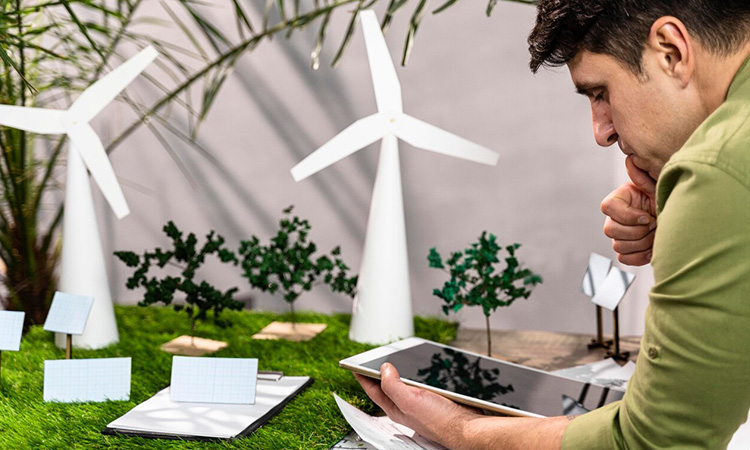In the global effort to combat climate change, low carbon technologies have emerged as vital tools in reducing greenhouse gas emissions and advancing towards a sustainable future. These technologies, ranging from renewable energy sources to energy-efficient devices, are pivotal in transitioning away from fossil fuel dependence. This article explores various low carbon technologies and their impact on creating a more environmentally friendly and sustainable world.
Understanding Low Carbon Technologies
Low carbon technologies are systems and innovations designed to significantly reduce carbon dioxide emissions. Their primary objective is to provide cleaner, more efficient alternatives to traditional energy and industrial processes, which are major contributors to global carbon emissions.
Key Low Carbon Technologies
- Renewable Energy Sources: Solar, wind, hydroelectric, and geothermal power are at the forefront of low carbon solutions. Unlike fossil fuels, these renewable sources produce minimal greenhouse gases and are inexhaustible.
- Energy-Efficient Devices: From LED lighting to high-efficiency home appliances, energy-efficient devices consume less electricity, reducing the demand for power from carbon-intensive sources.
- Electric Vehicles (EVs): EVs represent a significant leap in reducing emissions from the transportation sector. They produce zero tailpipe emissions and, when charged with renewable energy, offer a completely low carbon solution.
- Smart Grids: Advanced grid technologies enable better integration of renewable energy, improve energy efficiency, and manage electricity demand more effectively.
- Carbon Capture and Storage (CCS): CCS technologies capture carbon dioxide emissions from power plants and industrial processes and store them underground, preventing them from entering the atmosphere.
Challenges and Opportunities
While low carbon technologies hold the key to a sustainable future, their adoption faces challenges, including high initial costs, the need for supportive policies, and infrastructure development. However, the opportunities they present are immense. They offer the potential for economic growth through green jobs, energy security, and the health benefits of reduced air pollution.
The Role of Governments and Individuals
The transition to low carbon technologies requires concerted efforts from governments, industries, and individuals. Governments can encourage this shift through incentives, regulations, and investments in research and development. Individuals can contribute by adopting energy-efficient practices and supporting renewable energy initiatives.
Low carbon technologies are not just alternatives to our current systems; they are essential pathways to a sustainable and environmentally responsible future. By embracing these technologies, we can significantly reduce our carbon footprint, mitigate the impacts of climate change, and pave the way for a cleaner, greener planet. As we advance in technology and innovation, the potential for low carbon solutions will continue to grow, marking a new era of environmental stewardship and sustainable living.
Next On Your Reading List:


